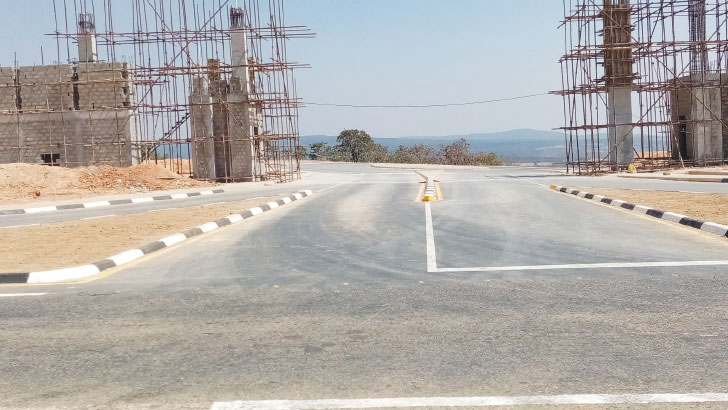Treasury to raise k1tn through 15-yr bond
Minister of Finance Felix Mlusu says Treasury is expected to raise K1 trillion from the 15-year development bond on the local market over five years to finance some of the government’s strategic and flagship projects.
Speaking in Parliament during presentation of his 2021/22 Budget Statement on Friday, the minister said Ministry of Economic Planning and Development and Public Sector Reforms, in conjunction with the Ministry of Finance has since completed the selection of 15 projects to be financed through the issuance of a local development bond.

of the flagship projects to benefit from the bond
He said: “The Ministry of Finance will very soon release a prospectus comprising all the 15 projects before the beginning of the next fiscal calendar…where possible, other financing models for these projects will be considered such as Public Private Partnership arrangements as well as soliciting foreign or local direct financing or placements, where Government will receive a turnkey solution from a project promoter.
“Furthermore, Madam Speaker, the long-term development bond will be structured in such a way that it incentivises Malawians in the diaspora to participate in the development of this country through infrastructure project financing.”
But over the years, despite Treasury facilitating the growth of the debt market by issuing government securities with a wider maturity range from 91 days to 10 years, the response from the public has been lukewarm.
For instance, the 23 government Treasury notes with nominal value of K916.58 billion listed on the Malawi Stock Exchange (MSE) to raise capital and refinance debt are yet to register any trading activity.
In an interview on Saturday, MSE chief executive officer John Kamanga observed that the issuance of the long-term bond will help in market deepening by providing another product range in form of bonds; hence, increasing market liquidity.
On the other hand, he said: “government will be in a position to raise patient capital from the market at low cost for its flagship infrastructure projects.
“This will in turn help in job and wealth creation as the projects will create jobs for both artisanal and professional workers.”
Speaking separately, market analyst and Cedar Capital Limited chief executive officer Armstrong Kamphoni described the move by government as a “double-edged sword”.
He observed that while the initiative might result in increasing interest rates as government would want to attract investors into the bond and crowd out the private sector,on the other hand, the returns from the projects will contribute to the resource envelope and reduce the budget deficit.
Said Kamphoni: “So much as the government might identify profitable projects, the structuring of the project management will be key to ensure the intended returns are safeguarded and realised.
“Generally the market tends to shun long dated paper due to short-term fluctuations and instability of interest rates. Hence my argument that government might have to raise the interest rate on the bond to make it attractive.”
Market analyst and Bridgepath Capital Limited chief executive officer Emmanuel Chokani described the move as an interesting development, adding “we would need more details of the terms of the proposed bond like tenor and pricing. They probably intend to ring fence and match the liability to the infrastructure asset.”
The bond is part of government’s continuous quest to improve its medium-term debt management strategy.





